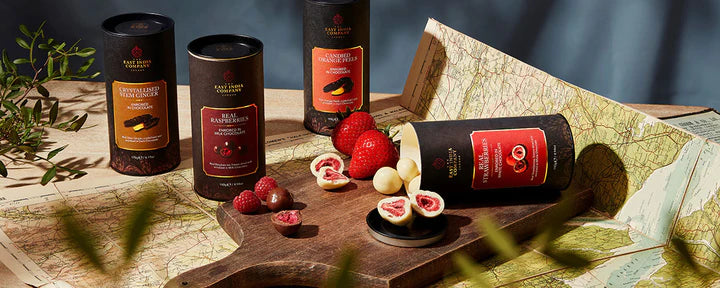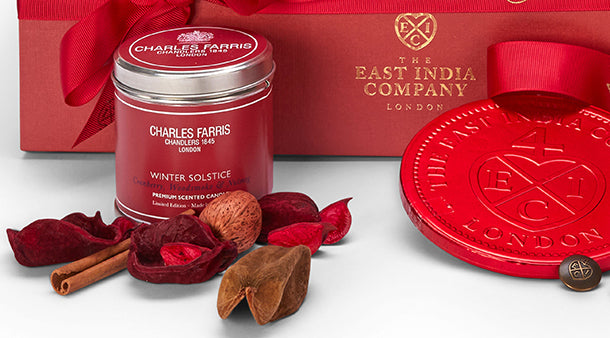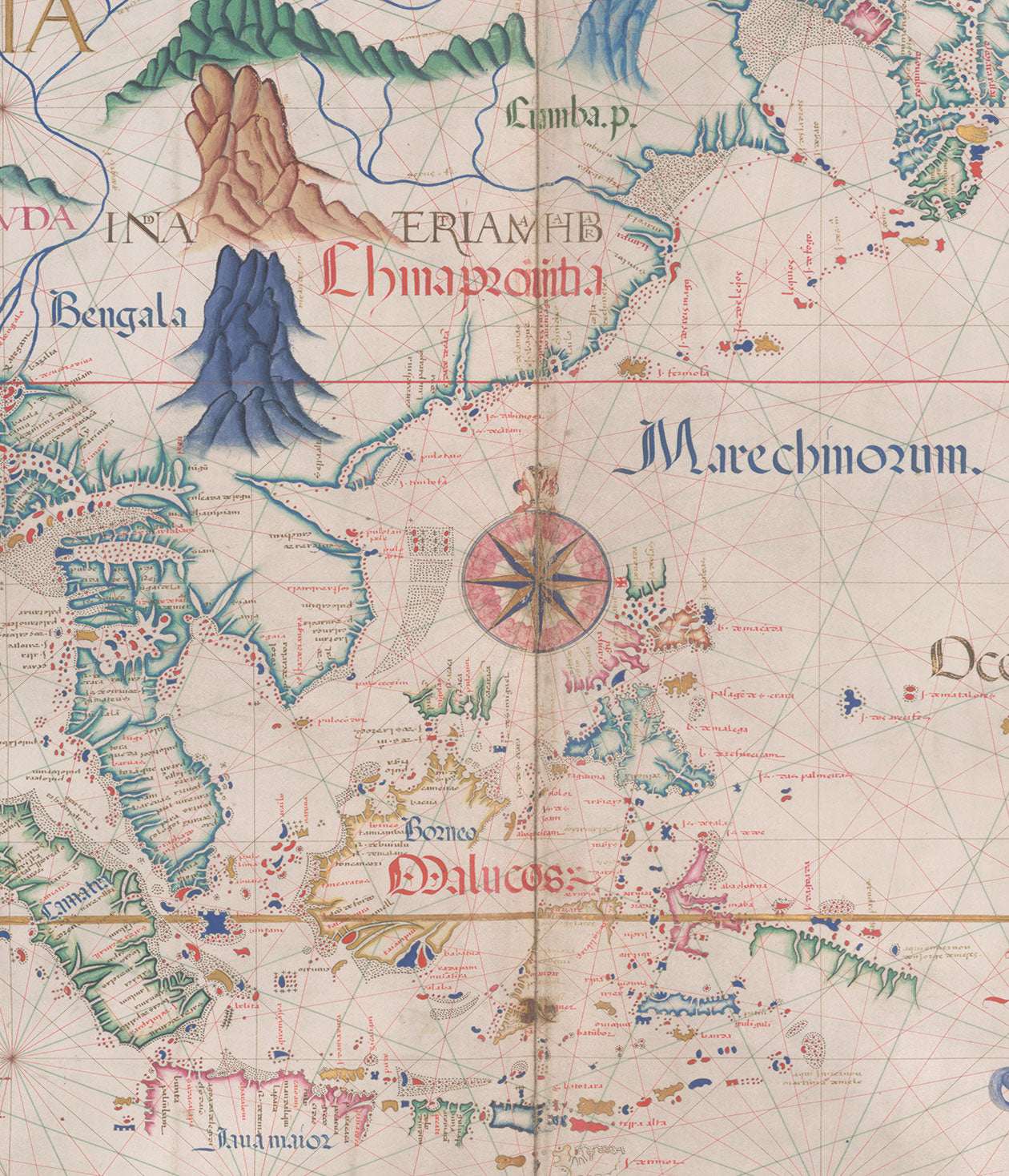Spices and the spice trade have been an enormous influence in global political, social, and economic developments for over 1000 years.
They were considered by those without as rare and valuable, prized for their preservative, medicinal and aromatic qualities. The East India Company realized the opportunity, but arrived late to the game.
The Arabs in the Near-East first dominated the spice trade, after which it was the Portuguese trading in India, the Far-East and the Spice Islands [the modern-day Moluccas of Indonesia).
Of course, not all spices came from the Far-East - the Portuguese had brought chilli peppers from South America to their Indian colonies in the 16th century, which became a part of Indian cuisine and their richly spiced foods.
Captured Portuguese ships full of spice from the Spice Islands whet the appetite for the British, but it was the Dutch that made the first move, sending well-funded fleets to the Spice Islands in the 1590s, using navigational maps stolen from the Portuguese. By quickly establishing trade and being well organised and armed, the Dutch cut off the English, in the form of the East India Company, to the spice trade, who were forced to trade in the surrounding islands.
There was one small nutmeg of consolation for the British. Polo Run, which was the only nutmeg-producing portion of the Spice Islands, fell into the Company’s hands from the Dutch in 1616.
The British stumbled upon the opportunity to trade in pepper in Bantam [Java], setting up a ‘factory’ [a fortified warehouse], and there was enough for all to avoid fisticuffs. The East India Company would continue to trade in pepper up to the 19th century.
When the Company arrived in India and started trading, its botanists were exposed to other spices, such as cinnamon from the cassia tree. It then benefitted from its network of Botanical Gardens to propagate seeds and it planted these in new countries within its trading routes. This is why pepper, cloves, nutmeg, and cinnamon can be found in the West Indies today, now part of the distinctive Cajun cuisine. An enabler to this new trade were spice-grinding operations set up in the docks of London, as it was realised that ground spices were cheaper and easier to ship around the world.

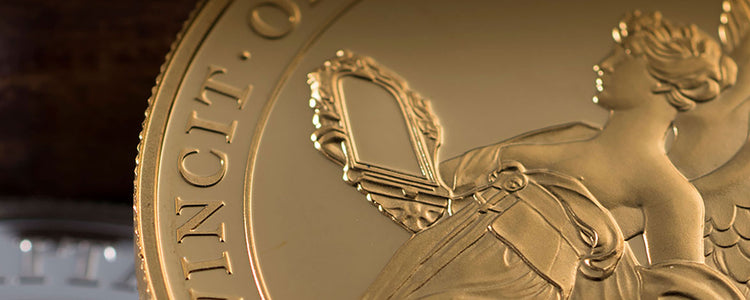
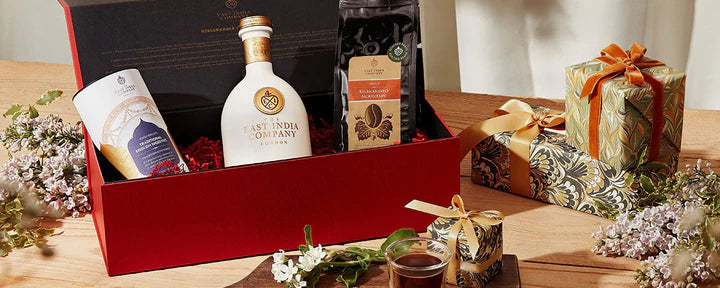
 Ceylon / Sri Lanka
Ceylon / Sri Lanka Assam, India
Assam, India Japan
Japan Taiwan
Taiwan Nepal
Nepal China
China Kenya
Kenya Egypt
Egypt South Africa
South Africa